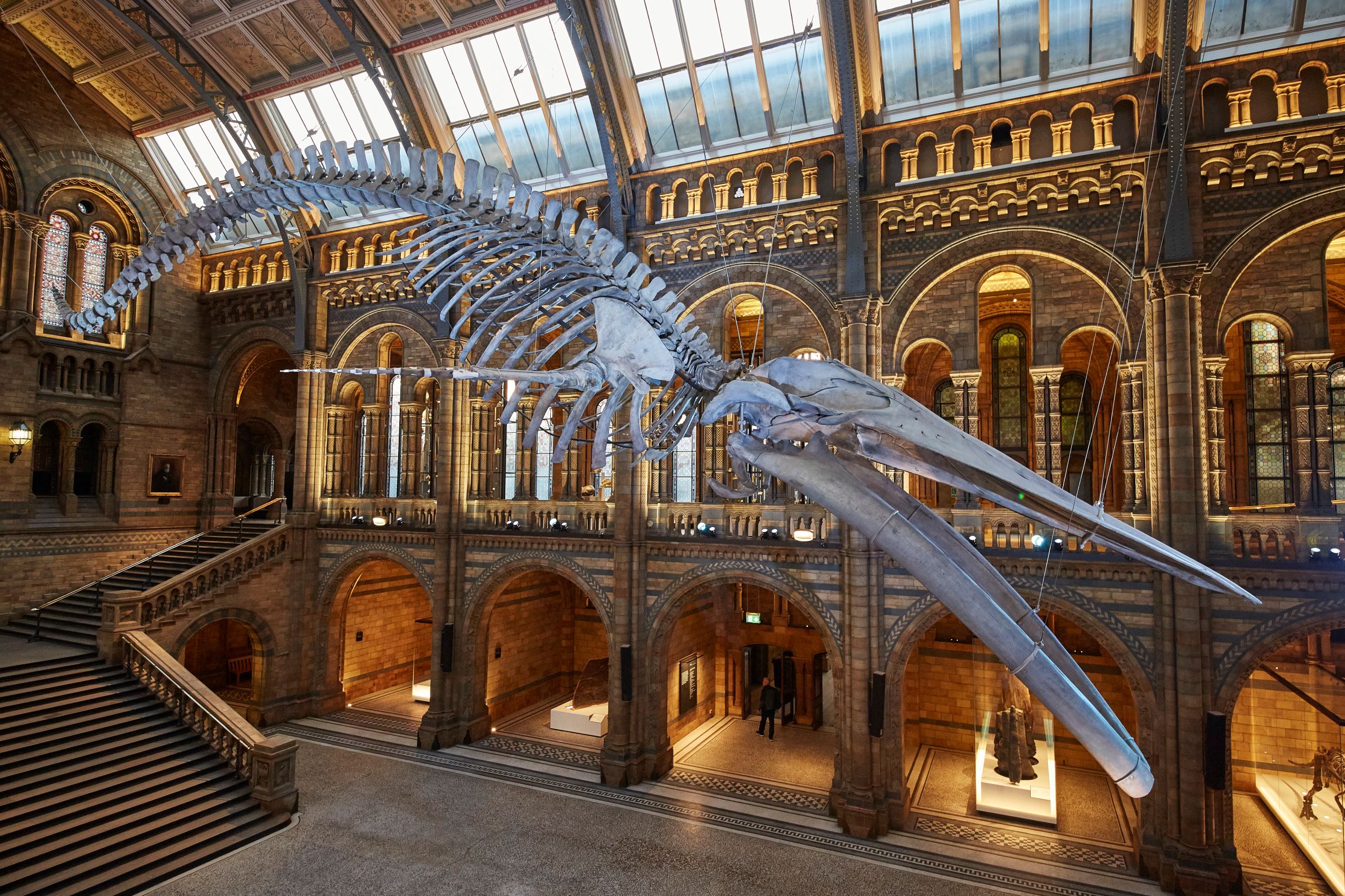
The Natural History Museum will create state-of-the art research centre at Harwell Campus
Announced in the 2020 Budget, the Chancellor of the Exchequer Rishi Sunak pledged £180million to the Natural History Museum to create a new state-of-the-art science and digitisation centre at Harwell Campus. Research emerging from the Museum’s new centre will strengthen the UK’s position in tackling global challenges including climate change, resource scarcity, biodiversity loss and emerging diseases.
The new centre will be a global, best-in-class, sustainable base for high-end natural sciences research and international collaboration. The funding will enable the Museum to safeguard the future of its unique collection of 80 million specimens, spanning 4.5 billion years from the formation of the solar system to the present day, and also create a world-class research centre that will be open to scientists and researchers from around the world.
Welcoming the news, Natural History Museum Director Sir Michael Dixon said: “This state-of-the-art facility will prove invaluable in the global scientific effort to find solutions to the planetary emergency. This substantial government investment will help sustain the UK’s scientific excellence by establishing world-class research and development infrastructure. It will enable major international scientific collaboration and generate big data and the application of cutting-edge analysis of the world’s most significant natural history collection.
“Future-proofing our collection has never been more urgent. Its vast scale explains our past, helps us chart a path for the future and the data that can be generated from it will inform future environmental policies and plans.”
The facility will house around 40% of the Museum’s collections as well as laboratories, digitisation suites, technology-enabled collaborative research spaces, computing, conservation laboratories and workspaces for digital scholarship. Protecting and cataloguing the worlds largest collection of specimens for future generations, is paramount and providing space and facilities to ensure information, such as critical molecular data, is preserved and extracted sits at the heart of this new centre.
Sharing vital natural-world data
The new centre will enable an acceleration and enhancement in the digitisation of the Museum’s collections, unlocking access for the global scientific community to unrivalled historical, geographic and taxonomic specimen data gathered in the last 250 years. The facility will enable the Museum to link specimen data to an enormous network of associated genomic, geospatial, ecological, chemical and other information, that captures not only their key physical characteristics but an enormous range of other data fundamental to improving our understanding of the natural world.
A world-renowned location
Locating the Museum’s new centre at Harwell Campus will unite two world-class science and innovation networks, placing the Museum and its collaborative research inside a scientific community of over 6,000 people, co-located with £2 billion of open access national laboratories – accelerating the pace of research, generating jobs and boosting productivity in the UK. Operating a hub and spoke model, scientific discoveries and innovative technologies emerging from Harwell Campus are benefiting economies locally, nationally and internationally – as demonstrated by organisations on the Campus including the Faraday Institution and Rosalind Franklin Institute.
Commenting on the collaborative opportunities that will emerge from the Museum’s presence at Harwell, Angus Horner, Partner and Director at Harwell Campus said: “This will place the Natural History Museum inside a world-leading science and innovation community, taking full advantage of co-location with the Diamond Light Source, the UK’s Synchrotron, and extending the Museum’s globally significant research for the greater good of the planet and mankind.”
Work is already underway to identify research areas of mutual interest, Mr Horner continued “One of the first challenges we would welcome working with the Museum on is food production – to resolve the interconnected human and planetary health pressures.
“The Museum’s deep knowledge of the natural world is synergistic with multiple organisations at Harwell and working collaboratively we can place the UK at the forefront globally of developing both sustainable food production technologies and environmental stewardship strategies. This is just one example of the benefit to the UK of this announcement.”
Supporting the announcement, newly appointed MP for the region David Johnston, OBE, MP Wantage said: “It is wonderful to see the Government back this exciting new partnership. The Natural History Museum is a globally recognised science research centre and bringing its work to Harwell, where world-leading science and technology is developed every day, will create a real powerhouse of research and discovery. It further enhances Harwell’s position as an asset for the constituency, the country and the scientific community worldwide and I am delighted to see the Government once again recognise its importance to our country.”
UPDATE 20/05/2022
The Natural History Museum has announced today that the Science and Digitisation Centre will be located at Thames Valley Science Park rather than Harwell. The campus and the Natural History Museum remain committed to growing UK science and innovation and will continue to work together on critical scientific issues, collective challenges and planetary pressures that we all face.